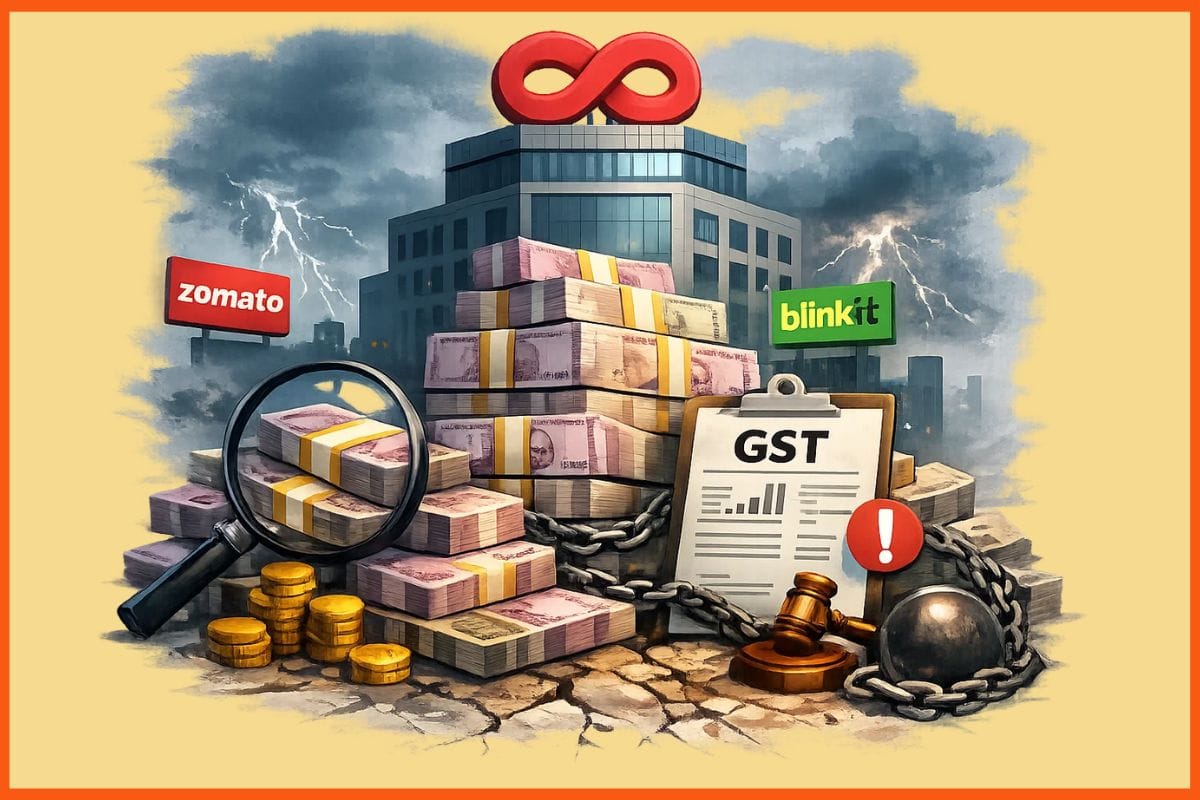What Is Bottom-Up Business Model? | Why Do SaaS Companies Prefer This Business Model?
📖 Learning
A business model typically refers to a company’s plan to make a profit. It identifies the products or services to be sold, its target market and its anticipated expenses. Typically, the top-down business model is one of the oldest and the most familiar model. This business model begins by identifying and engaging key decision-makers and targeting a few large accounts that match the ideal customer profile. Historically, most businesses, including SaaS (Software as a Service) companies, follow the top-down business model.
However, in the wake of the Covid-19 pandemic, business operations transitioned to a new phase where capital efficiency mattered as much as, if not more than, profitability and growth. Enter the bottom-up business model that has quickly become the go-to model for thousands of SaaS companies.
What is a Bottom-Up Business Model?
Why Do SaaS Companies Prefer Bottom-Up Business Model?
What is a Bottom-Up Business Model?
Simply explained, a bottom-up business model drives a company’s revenue without a sales team. It is a self-service model that allows end users to try a SaaS product before purchasing it. This concept has been made possible by the rise of cloud-based SaaS. It is a newer and more flexible approach that is more commonly found in industries where disruption and innovation are a priority.
Unlike vertical SaaS, the bottom-up business concept is not restricted to any specific niche and is best suited for individuals. This type of business model answers a few key questions for SaaS companies, like:
- Less spends on sales as well as decouple revenue from sales headcount.
- Achieve a precise understanding of CAC (customer acquisition cost) and LTV (customer lifetime value).
- Scale in a way that sustained growth becomes predictable and repeatable.
Zoom, Slack, Notion, and Airtable are some prime examples of SaaS companies with a bottom-up business model. Rather than a fully functional sales team of a top-up business model, these companies use a business strategy, known in the industry as ‘freemium’. Users are allowed to use the product with limited features to get a feel for it before they decide to upgrade.
Zoom, which started as a small SaaS company in 2011, focused on creating a brilliant product that quickly became a need for consumers. Their marketing strategy includes a popular freemium model that allows the user to host 40-minute video calls free of cost. Zoom was valued at more than USD 17 billion even before the Covid-19 pandemic.

Why Do SaaS Companies Prefer Bottom-Up Business Model?

In a bottom-up business model, the sales are directed at the users which lessens resistance, making it simpler to achieve high usage and adoption numbers. This also allows the company to save money on sales activities diverting that cash towards research and development to make their product better and user-friendly. The business is more sensitive and responsive to the needs of its consumers. There are other reasons that SaaS companies are increasingly adopting the bottom-up business model.
Wider Audience Reach
Bottom-up SaaS businesses are not restricted to any specific niche and enjoy a wider audience to market and sell their product. Their freedom of market also allows the companies to conduct large-scale campaigns and strategies to entice as much audience as they possibly can.
Revenue Source
Though the revenue per customer is smaller in value, SaaS bottom-up businesses have a greater number of customers as compared to an enterprise client. This also means the companies enjoy higher recurring revenue. The transaction time is shorter due to the direct connection between the company and the customer. This also allows the companies to focus more on improving customer experience and also build deeper customer relations.
Reduced Overhead Expenditure
Advanced technology has made signing up and payment methods easier and faster. This makes the bottom-up sales funnel automated allowing SaaS companies to downsize their sales teams or even integrate their sales, marketing, and customer service into one team.
Customer Rapport
Bottom-up companies are more able to focus their resources on building a dedicated team for product development and customization for their customers. This team can act quickly to provide solutions to customer complaints and issues and implement quick-fix to persistent bugs. This paves the way to customer satisfaction and customer retention. It can also act as a word-of-mouth advertisement for their product.
Faster Innovation
A bottom-up business model is not dependent on instruction from top executives. In an industry that is quick on innovation, creative teams with the freedom to brainstorm are empowered to capture and implement innovations quickly. This also boosts employee morale.

Conclusion
In the uncertainty generated, especially in the world of economy, post the Covid-19 pandemic, companies reacted predictably by cutting expenses, shelving expansion plans, and reducing headcount. This was all in an effort to conserve cash and extend their runway.
However, it also provided the business world with better clarity to employ capital funds and further improve business operating methods that increase funds efficiency, operational efficiency, promote organic growth, as well as build better relations with the end consumers. Currently, the bottom-up business model is fast becoming the preferred way for SaaS companies. It is highly probable, that this will become a preferred method of functioning for other industries as well.
FAQs
What is a bottom-up business model?
Simply explained, a bottom-up business model drives a company’s revenue without a sales team. It is a self-service model that allows end users to try a SaaS product before purchasing it.
Why do SaaS companies prefer a bottom-up business model?
SaaS companies prefer a bottom-up business model for the following reasons:
- Wider Audience Reach
- Revenue Source
- Reduced Overhead Expenditure
- Customer Rapport
- Faster Innovation
Which SaaS companies have a bottom-up business model?
Zoom, Slack, Notion, and Airtable are some prime examples of SaaS companies with a bottom-up business model.
Must have tools for startups - Recommended by StartupTalky
- Convert Visitors into Leads- SeizeLead
- Website Builder SquareSpace
- Manage your business Smoothly Google Business Suite






